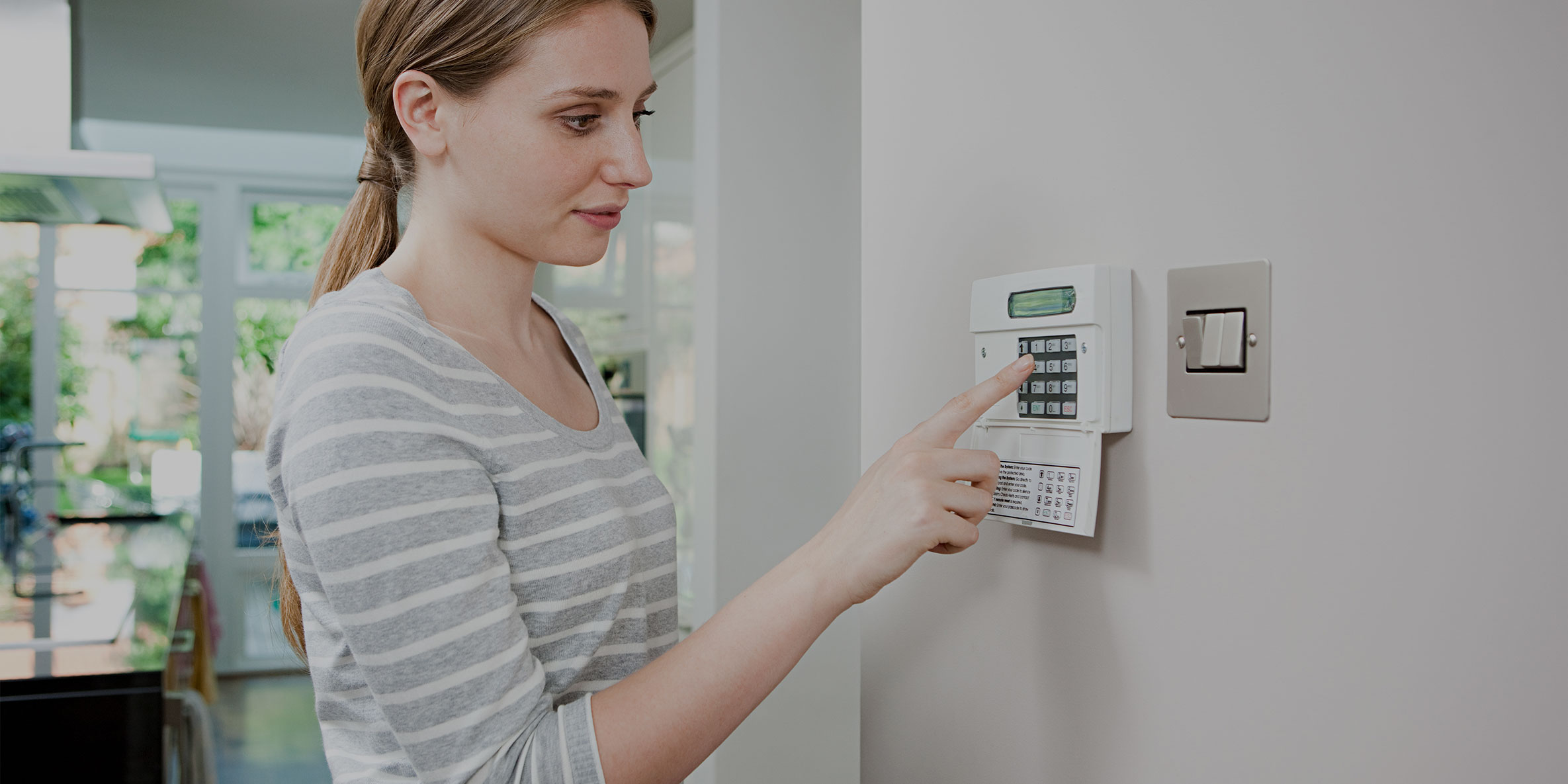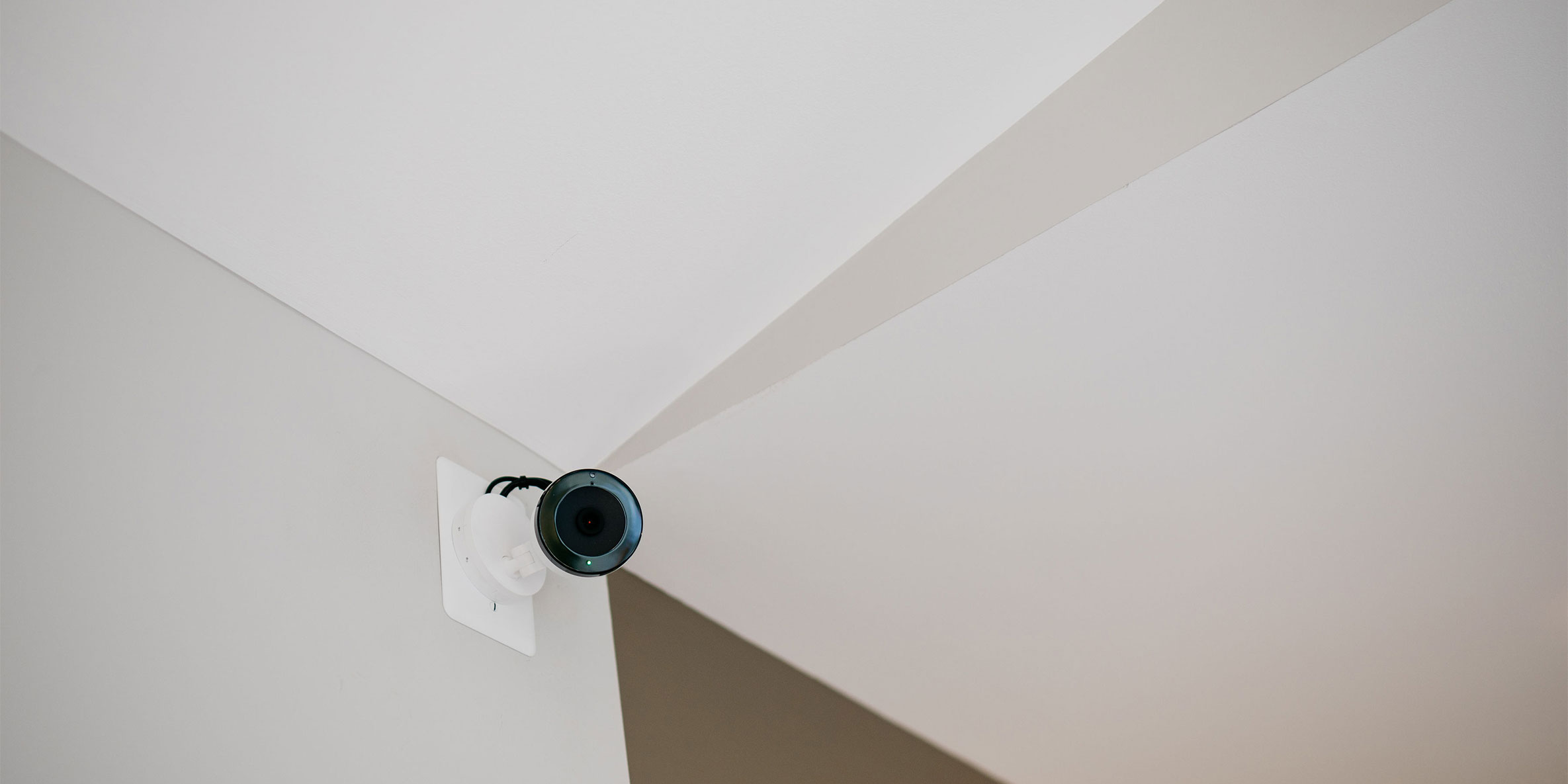This post was originally published on November 15, 2016 and has been updated for accuracy and comprehensiveness.
Many people are familiar with the popular cartoon television show The Jetsons, which aired from 1962-1963 and again from 1985-1987.
Viewers often wonder, “What year was The Jetsons set in?” The futuristic show took place in 2062 and predicted advanced technology, such as flying cars, video chat and smart homes.
Do these gadgets sound familiar? What the show’s creators had no way of knowing is that many of the contraptions portrayed in The Jetsons would exist (and become common) long before 2062.
So what exactly are some of these gizmos and devices? Below we outline a few.
Jetsons Predictions That Came True
Some technology predicted that not only came true, but came to fruition much earlier than anticipated, include:
- Drones
- Holograms
- Jetpacks
- Robots
- Smart home automation
- Smart watches
- Video chat and conferencing
If many of the gadgets on The Jetsons already exist, what inventions could possibly come next?
What the Future Has in Store
As technology and innovation continue to grow and evolve, so will consumers’ abilities to receive increased convenience and entertainment through their devices. Some predicted technology within the near future that could be widespread include:
- Driverless vehicles.
- Flying cars.
- Microchips in our brain that control devices.
- Computers with the processing power of humans.
These technologies may not be as “far out” as they seem. As an example, Tesla and Google have already created cars with different levels of autonomy, and with a recent announcement from Apple, there’s hope to see more driverless cars on the road soon.
In addition, companies like Uber are researching "vertical takeoff and landing” also known as VTOL. This type of service would allow consumers to get to where they need to go quicker, and potentially safer, by flying above traffic in passenger drones. Other companies, such as PAL-V, are also working on developing services around flying cars by opening a school to teach people how to “drive” or, in this case, fly.
Security’s Role
Beyond enjoying these technologies, consumers will need to be more cautious of the security implications of constant connectivity. One concern is hackers gaining access to all home automation devices at once through a single network. One way to protect yourself is to isolate Internet of Things (IoT) equipment on its own network. That way, if hackers access a certain device, they won’t retrieve all your home’s information. Also be sure to update default logins and passwords, and practice secure networking.
Remember too, that as new equipment rolls out, security measures may evolve. No matter how exciting technology may be, always remember security comes first. Before purchasing new equipment, ask yourself:
- Is this technology compatible with other devices in my home?
- How many devices will be communicating with each other at one time?
- How often will equipment need to be updated or upgraded? Will I run into issues with newer software not being compatible with older smart equipment?
- Do my devices support password, passcode or thumbprint entry?
- Am I educated on how this technology works and how to properly secure it?
- Can I enable remote-wiping capabilities?
- Who is authorized with remote access to the equipment?
Work with a trusted partner to ensure your full technology stack is secure using the latest best practices. The right vendor will help you create a customized plan that balances convenience with security.



